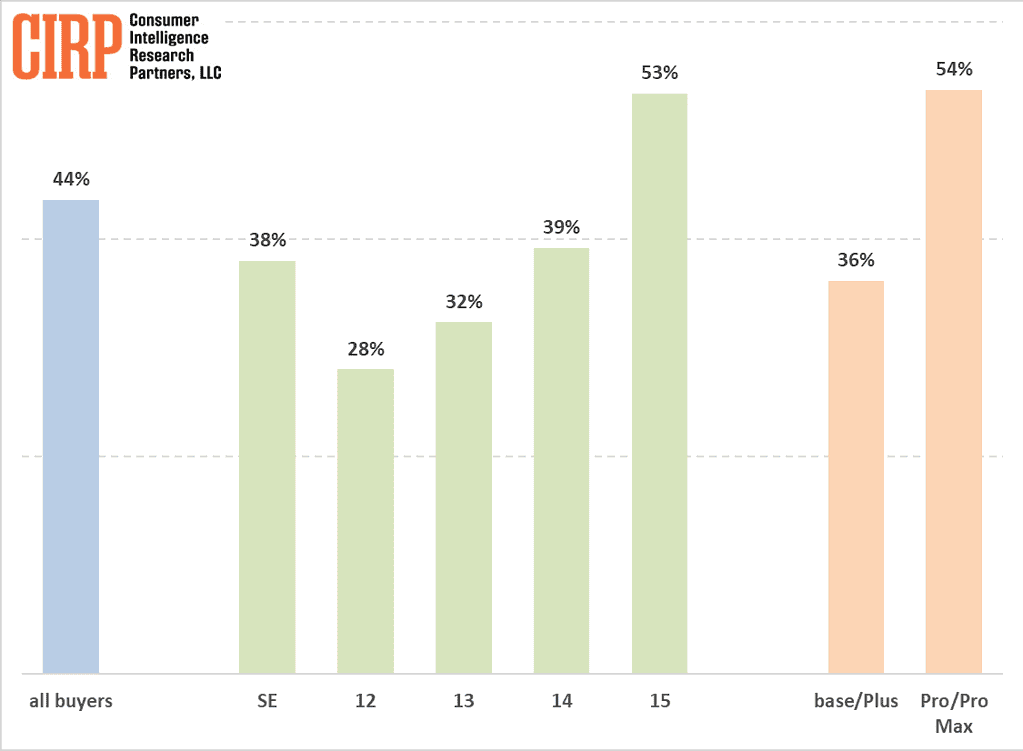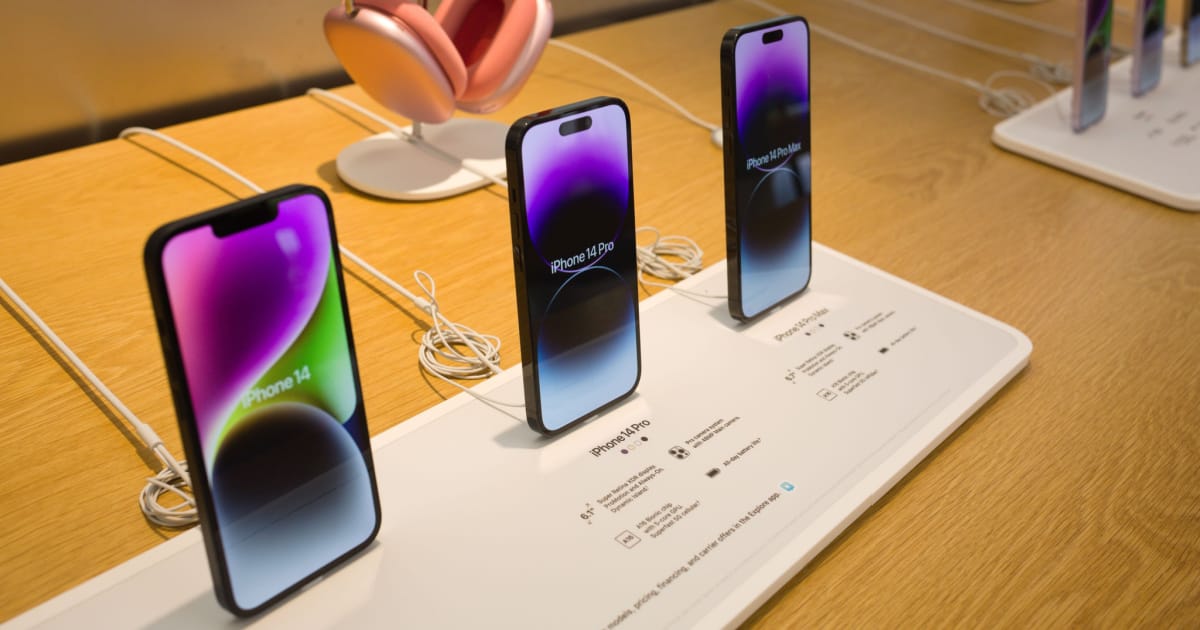Apple’s recent quarterly results clearly showed the continued importance of high iPhone margins, even with iPhone sales plateauing and even going down in places like China. A key driver, according to CIRP, is Apple’s success in convincing users to upgrade storage capacity during iPhone purchases.
Storage upgrades significantly increase iPhone prices, which can range from 10% to 50%, depending on the model and capacity chosen. But how much does this cost to Apple? Relatively low. This leads to a substantial increase in revenue with minimal impact on production costs – a major win for Apple.
The report shows that, overall, 44% of iPhone buyers opt for better storage upgrades, hence bypassing the base storage option. This trend is strong for newer and more expensive models like the iPhone 15 series, where over half of buyers choose upgrades compared to under 40% for the year-old iPhone 14 and even lower rates for older models.
Buyers of the iPhone 14 and 15 Pro models upgrade storage at a much higher rate (54%) compared to those purchasing the base and Plus models (36%).
According to the CIRP data, this trend is expected to continue, with nearly 53% of all buyers projected to opt for increased for iPhone 15.
Here is how the trend has been till now:
- iPhone 12s – 28% went for the model with more storage
- iPhone 13s – 32%
- iPhones 14s- 39%
- iPhone 15s – 53%

This clearly shows that margins are a more critical factor than just sales figures when measuring financial success. Apple’s service business, again, known for its high margins, is a prime example. Similarly, the company’s ability to use storage upgrades to maximize profits exemplifies this strategy.
In conclusion, while iPhone unit sales might not be experiencing explosive growth, Apple is strategically leveraging storage upgrades to bolster revenue and maintain its strong financial position.
More here.
